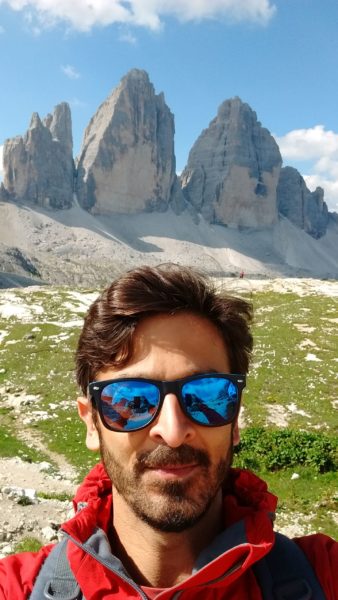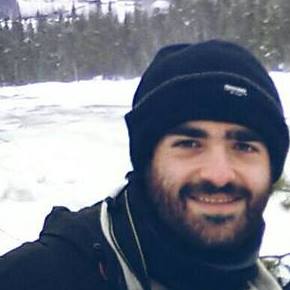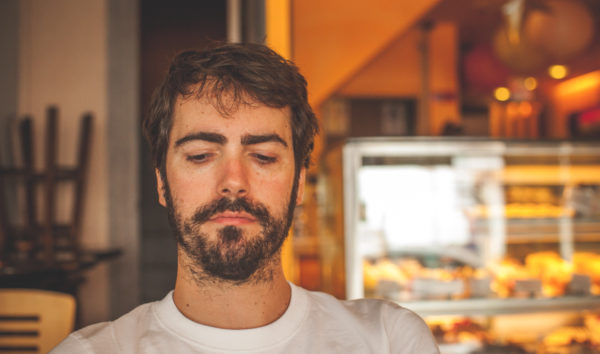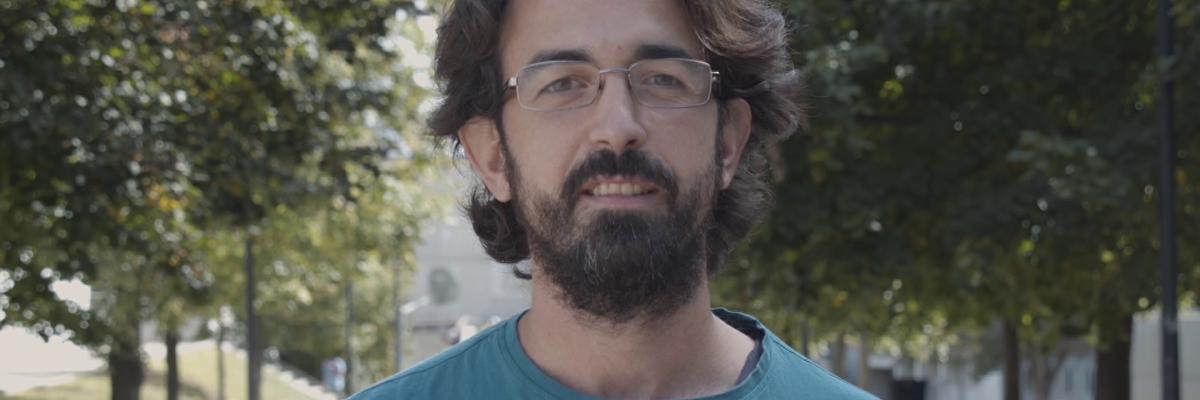
What is your position or role in the DESI project?
After co-chairing the Lyman alpha WG for several years, I am now co-convener of Key Project 6. We plan to measure BAO above redshift 2 from the correlations of the Lyman alpha forest, and its cross-correlation with the quasars themselves.
Where were you born?
I was born in Barcelona.
Where do you live now?
Finally, I am back to Barcelona after 9 years of wandering around the globe.
What do you do as part of DESI?
Besides coordinating the BAO measurement of KP6, I like to study the distribution of matter on Megaparsec scales using the Lyman alpha forest, and compare the measurements to hydrodynamical simulations.
What is the most interesting or exciting thing about your job?
I like working on puzzles, like a difficult Sudoku or the accelerated expansion of the Universe.
Any advice for an aspiring scientist?
Being a scientist is fun, but there are other cool jobs out there. So give it a good shot, but don’t get too obsessed about it.
What do you do for fun?
I like playing sports (climbing, tennis, football) and I love trying new food and beers.
If you weren’t a scientist, what would be your dream job?
I’d like to understand the chemistry of cooking. I know, I’d still be a scientist, but a very different one!
What excites/interests you most about DESI?
I like being part of a large collaboration, seeing lots of creative people working together to achieve these very complex and exciting measurements.
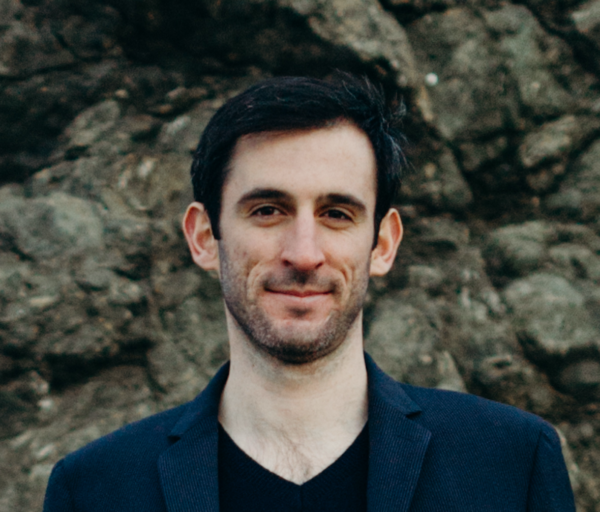 What is your position or role in the DESI project?
What is your position or role in the DESI project?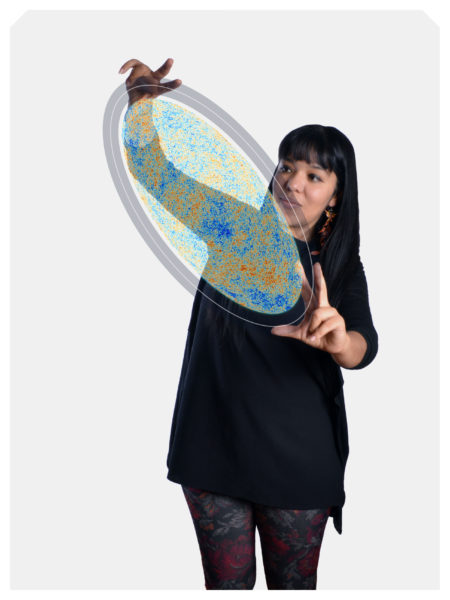 What is your position or role in the DESI project?
What is your position or role in the DESI project?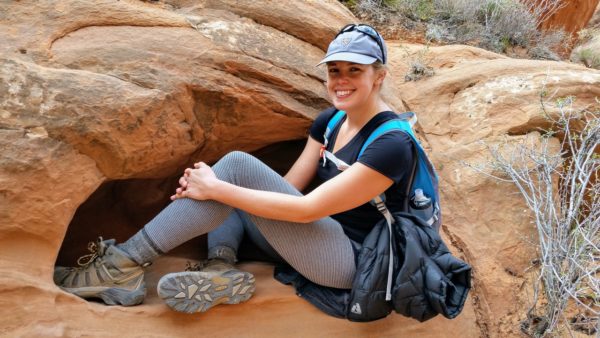
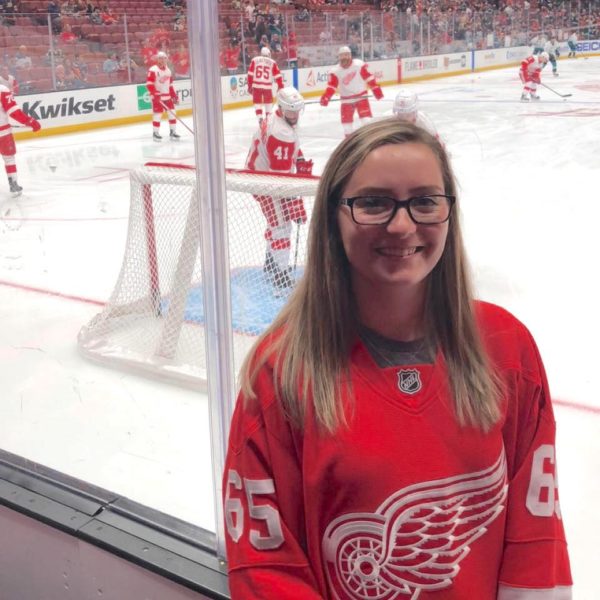 What is your position or role in the DESI project?
What is your position or role in the DESI project?
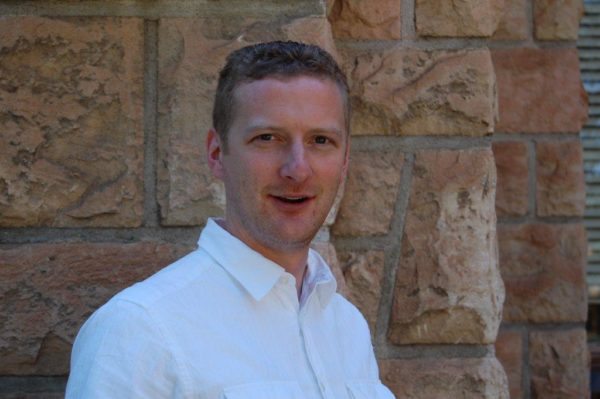 What is your position or role in the DESI project?
What is your position or role in the DESI project?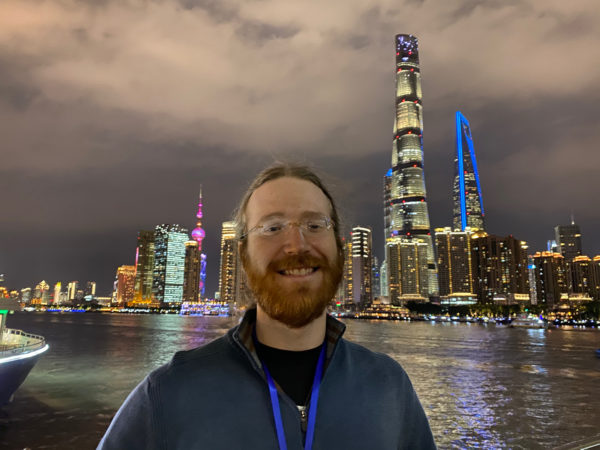 What is your position or role in the DESI project?
What is your position or role in the DESI project?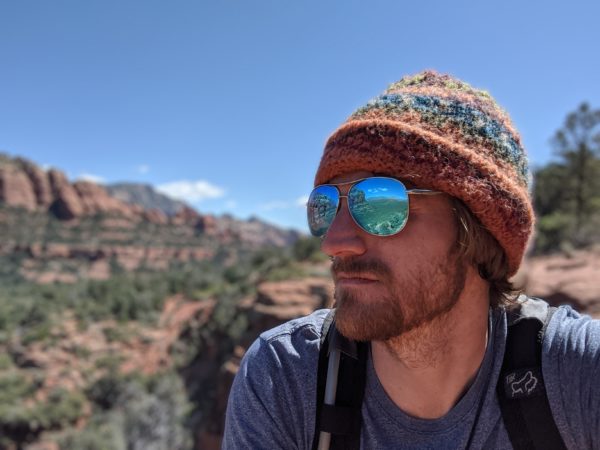 What is your position or role in the DESI project?
What is your position or role in the DESI project?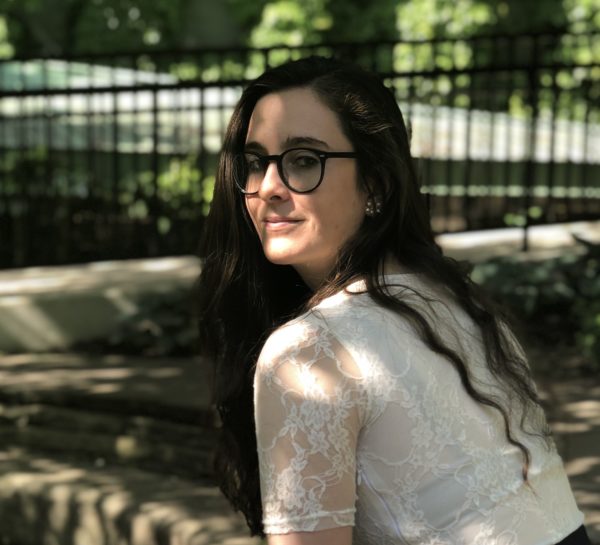 What is your position or role in the DESI project?
What is your position or role in the DESI project?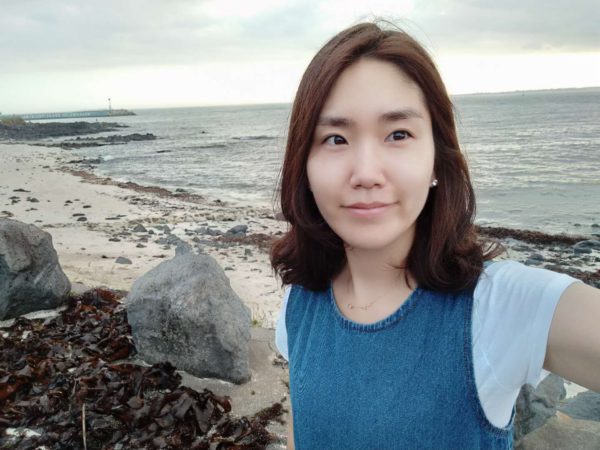
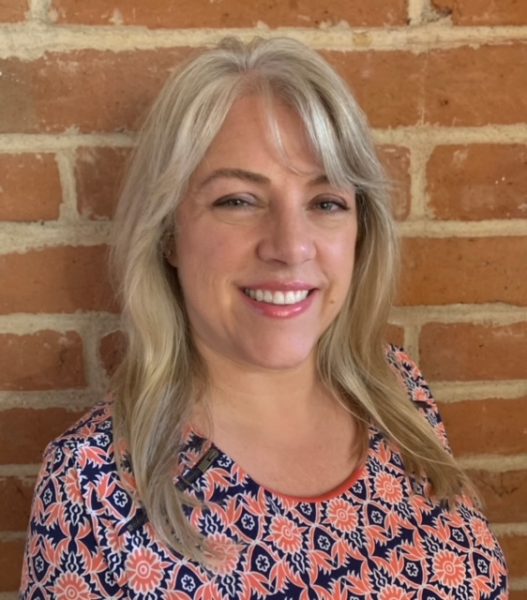
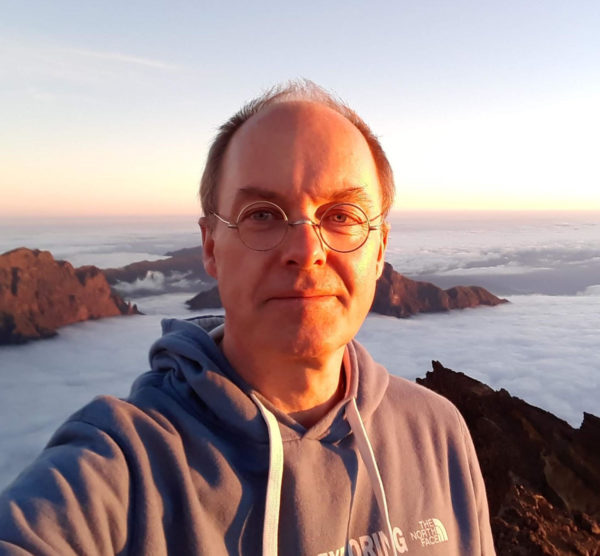
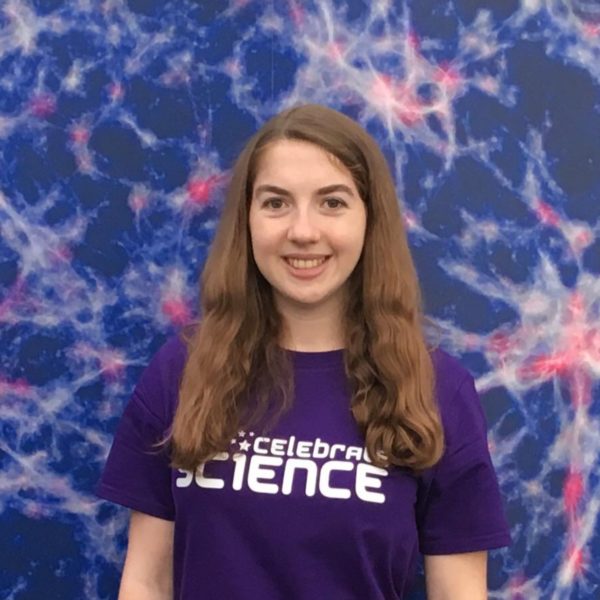
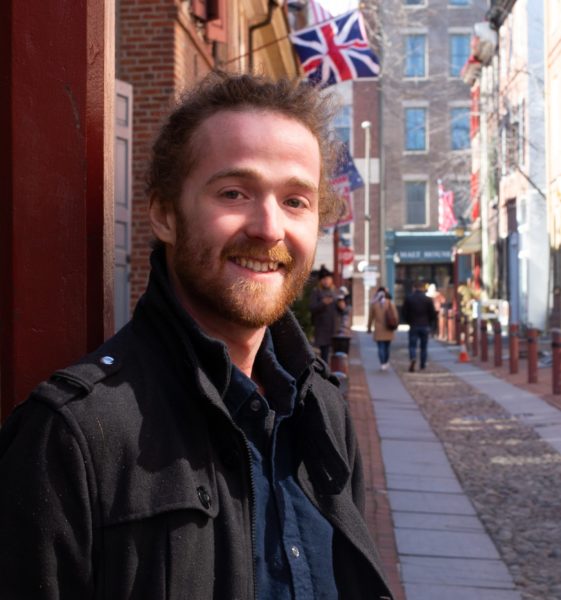 What is your position or role in the DESI project?
What is your position or role in the DESI project?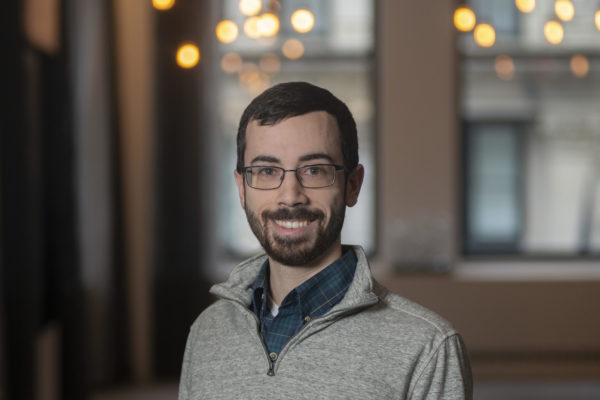
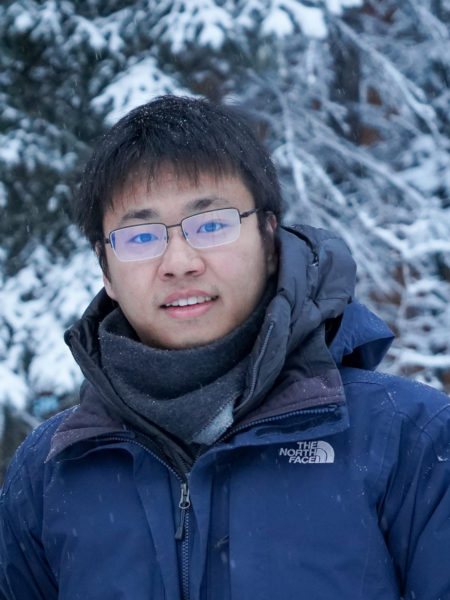
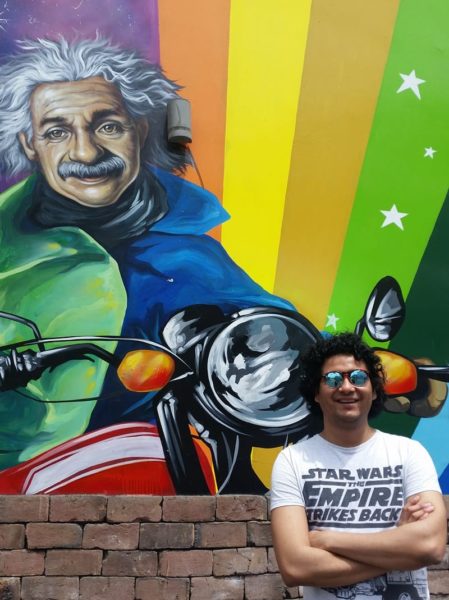 What is your role in the DESI project?
What is your role in the DESI project?